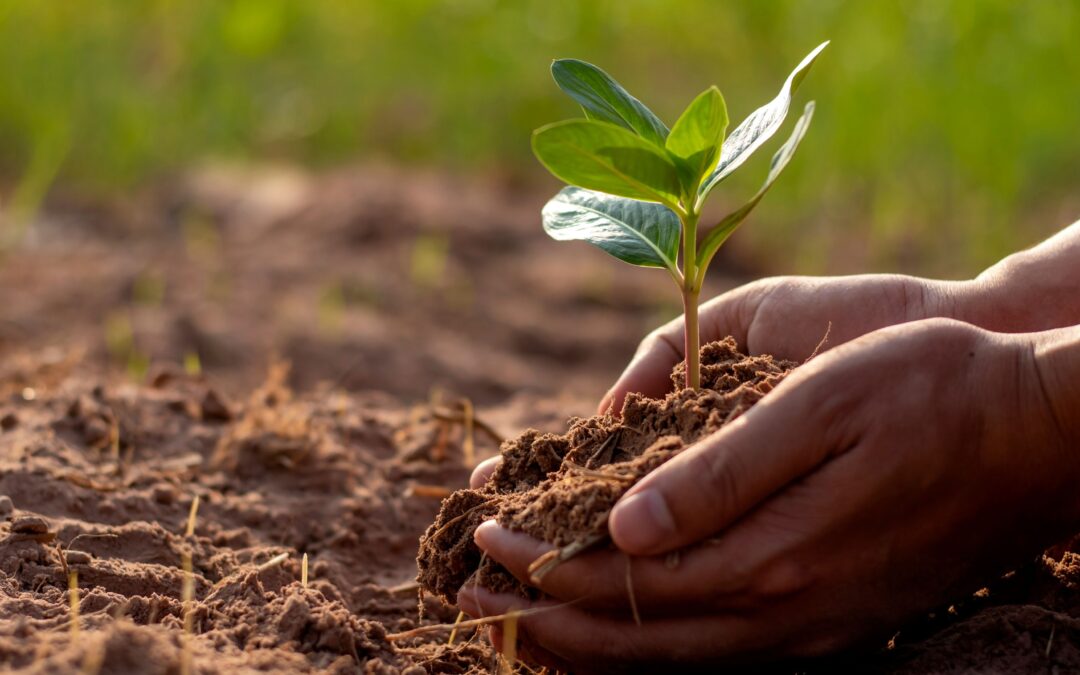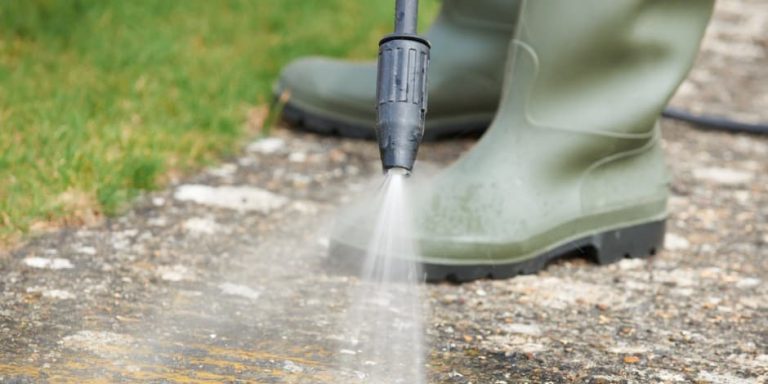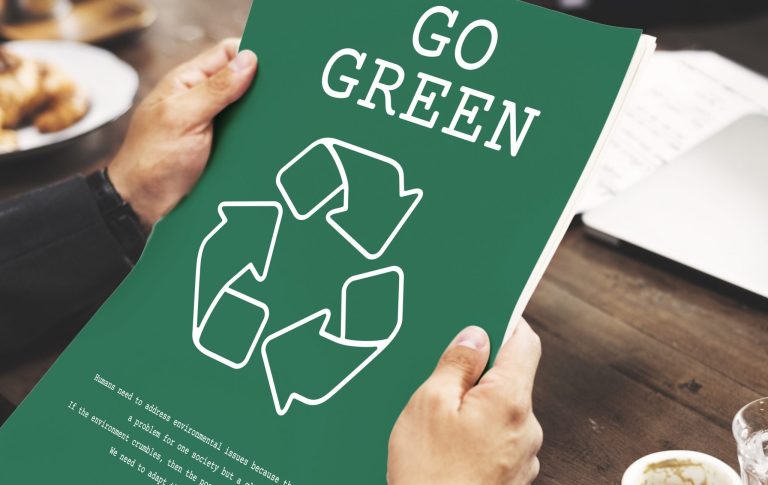
When we talk about power washing and the environment, most conversations center around water use, chemical runoff, or protecting nearby plants. But there’s one critical aspect that’s often overlooked: soil health. 🌱💧
Soil is more than just dirt—it’s a living, breathing ecosystem made up of microbes, organic matter, insects, minerals, and nutrients. Over time, repeated exposure to runoff from power washing—especially when it contains harsh chemicals—can seriously disrupt this balance. Whether you’re a homeowner, landscaper, or power washing professional, it’s important to understand what’s happening below the surface. 🧬🌍
🧼 What’s in Power Washing Runoff?
Power washing runoff typically contains a mix of:
- Dirt and organic debris
- Cleaning chemicals (detergents, surfactants, bleach)
- Oil or grease from surfaces
- Heavy metals from roofing or paint residue
- Algae, mold, or mildew
When this mixture flows off driveways, patios, or siding and onto nearby lawns or garden beds, it doesn’t just disappear. It seeps into the soil, where it can accumulate and affect the biological structure and fertility of the earth.
🌿 How Soil Normally Functions
Healthy soil contains:
- Beneficial microbes like bacteria and fungi
- Earthworms and other small insects
- Organic matter (leaves, compost, mulch)
- Balanced levels of nutrients such as nitrogen, phosphorus, and potassium
- Adequate air pockets and water retention to support root systems
All of these elements work together to keep your lawn green, your vegetables thriving, and your flowers blooming. But that balance is delicate—and power washing runoff can upset it. 🚫
⚠️ 1. Chemical Disruption of Microbial Life
Bleach, surfactants, and degreasers are designed to kill and break down organic material. While that’s great for cleaning grime off your siding, it’s toxic to the beneficial microbes that live in soil.
- Chlorine bleach can reduce microbial biomass by up to 80% within hours of exposure
- Synthetic surfactants break down cell membranes in fungi and bacteria
- Repeated exposure leaves soil less able to cycle nutrients, decompose organic matter, or retain moisture
Microbial imbalance makes the soil inhospitable for new growth, leading to patchy lawns, stunted plants, and an increased need for fertilizers.
⚠️ 2. Soil Compaction and Erosion
The high pressure of water—and especially poorly directed runoff—can cause physical changes to the soil structure:
- Runoff can compact the soil, reducing its porosity
- Erosion removes the topsoil, which contains the majority of nutrients and microbes
- This leads to weaker root zones, poor water infiltration, and increased surface runoff in future storms
Over time, this damages your landscape’s resilience and makes it more dependent on human intervention (watering, fertilizing, aerating). 💸💦
⚠️ 3. Chemical Buildup and Toxicity
Power washing chemicals don’t always break down quickly. Some can accumulate in soil over time, especially in areas where runoff repeatedly flows or pools.
- Sodium-based cleaners can raise soil salinity, disrupting plant osmosis
- Petroleum-based solvents can linger for years and affect nearby groundwater
- Heavy metals from painted surfaces may be absorbed into soil, presenting a risk to vegetable gardens or nearby wells
This buildup can lead to long-term degradation of soil quality and even environmental contamination if left unchecked.
🧠 Real-World Example
A homeowner in Raleigh, NC regularly power washed their concrete patio using a bleach-based cleaner. The runoff consistently drained toward a flower bed over a 3-year period.
Despite fertilizing and watering regularly, the plants began wilting, soil became hard-packed, and mushrooms began appearing—a sign of fungal imbalance.
A soil test revealed chlorine residue, low microbial activity, and reduced nitrogen levels—all classic signs of runoff-related soil degradation.
✅ How to Protect Soil While Power Washing
Good news: you don’t have to stop power washing to preserve soil health. A few practical adjustments can make a big difference:
🌱 1. Use Biodegradable, Soil-Safe Cleaners
Choose products labeled:
- “Biodegradable within 14 days”
- “Plant- and soil-safe”
- “Non-toxic to microbial life”
Avoid products with:
- Chlorine bleach
- Sodium hydroxide
- Petroleum solvents
Browse Amazon Here For Biodegradable Pressure Washing Detergents
🚧 2. Redirect or Contain Runoff
Use physical barriers like:
- Tarps
- Gutter extensions
- Sandbags or berms
To ensure runoff flows onto hardscape surfaces or into designated drainage—not into your garden beds or lawn.
📉 3. Reduce Frequency of Power Washing
Power wash only when necessary. For most residential properties, once or twice a year is sufficient.
Frequent washing leads to repeated chemical exposure and compounding soil effects. Less is more. ✅
🌾 4. Restore Soil After Cleaning
If your soil has been exposed to runoff:
- Add compost or organic mulch
- Aerate the soil to improve structure
- Use soil probiotics or microbial teas to rebuild microbe populations
- Consider planting deep-rooted cover crops to draw toxins out of the soil
📊 Quick Soil Health Risk Chart
| Runoff Factor | Impact on Soil | Prevention Method |
|---|---|---|
| Bleach-based chemicals | Kills microbes | Use non-toxic, plant-safe cleaners |
| Heavy water flow | Compaction, erosion | Direct runoff to hardscape areas |
| Petroleum solvents | Toxicity, bioaccumulation | Avoid oil-based degreasers |
| Repeated exposure | Long-term fertility loss | Reduce power washing frequency |
🌍 Final Thoughts
Soil may not be the first thing you think about when firing up a pressure washer, but it’s one of the most affected parts of your property. Each time you clean your home, you may unknowingly be degrading the very ground that supports your landscaping, garden, and local ecosystem.
By being thoughtful about what chemicals you use, where your runoff goes, and how often you clean, you can enjoy the benefits of power washing without undermining the foundation of your outdoor environment—literally. 🌿🧼🌎
Browse Amazon Here For Popular Pressure Washers And Accessories






